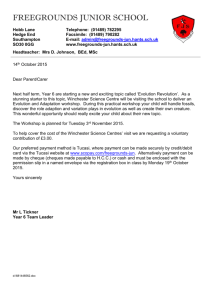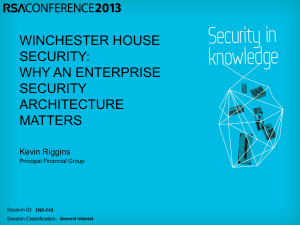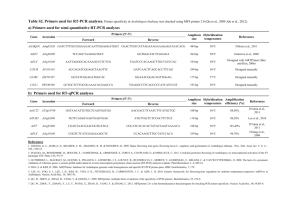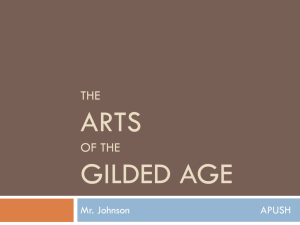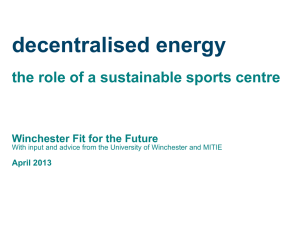By Tom Roster - NSSA-NSCA
advertisement
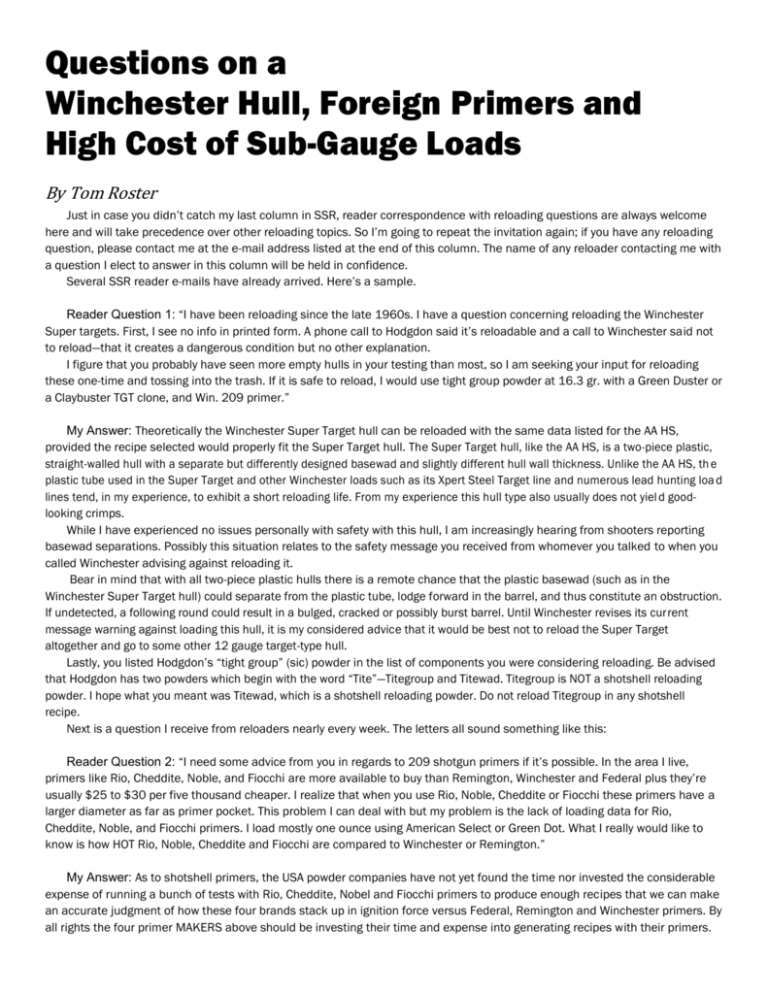
Questions on a Winchester Hull, Foreign Primers and High Cost of Sub-Gauge Loads By Tom Roster Just in case you didn’t catch my last column in SSR, reader correspondence with reloading questions are always welcome here and will take precedence over other reloading topics. So I’m going to repeat the invitation again; if you have any reloading question, please contact me at the e-mail address listed at the end of this column. The name of any reloader contacting me with a question I elect to answer in this column will be held in confidence. Several SSR reader e-mails have already arrived. Here’s a sample. Reader Question 1: “I have been reloading since the late 1960s. I have a question concerning reloading the Winchester Super targets. First, I see no info in printed form. A phone call to Hodgdon said it’s reloadable and a call to Winchester said not to reload—that it creates a dangerous condition but no other explanation. I figure that you probably have seen more empty hulls in your testing than most, so I am seeking your input for reloading these one-time and tossing into the trash. If it is safe to reload, I would use tight group powder at 16.3 gr. with a Green Duster or a Claybuster TGT clone, and Win. 209 primer.” My Answer: Theoretically the Winchester Super Target hull can be reloaded with the same data listed for the AA HS, provided the recipe selected would properly fit the Super Target hull. The Super Target hull, like the AA HS, is a two-piece plastic, straight-walled hull with a separate but differently designed basewad and slightly different hull wall thickness. Unlike the AA HS, th e plastic tube used in the Super Target and other Winchester loads such as its Xpert Steel Target line and numerous lead hunting loa d lines tend, in my experience, to exhibit a short reloading life. From my experience this hull type also usually does not yiel d goodlooking crimps. While I have experienced no issues personally with safety with this hull, I am increasingly hearing from shooters reporting basewad separations. Possibly this situation relates to the safety message you received from whomever you talked to when you called Winchester advising against reloading it. Bear in mind that with all two-piece plastic hulls there is a remote chance that the plastic basewad (such as in the Winchester Super Target hull) could separate from the plastic tube, lodge forward in the barrel, and thus constitute an obstruction. If undetected, a following round could result in a bulged, cracked or possibly burst barrel. Until Winchester revises its current message warning against loading this hull, it is my considered advice that it would be best not to reload the Super Target altogether and go to some other 12 gauge target-type hull. Lastly, you listed Hodgdon’s “tight group” (sic) powder in the list of components you were considering reloading. Be advised that Hodgdon has two powders which begin with the word “Tite”—Titegroup and Titewad. Titegroup is NOT a shotshell reloading powder. I hope what you meant was Titewad, which is a shotshell reloading powder. Do not reload Titegroup in any shotshell recipe. Next is a question I receive from reloaders nearly every week. The letters all sound something like this: Reader Question 2: “I need some advice from you in regards to 209 shotgun primers if it’s possible. In the area I live, primers like Rio, Cheddite, Noble, and Fiocchi are more available to buy than Remington, Winchester and Federal plus they’re usually $25 to $30 per five thousand cheaper. I realize that when you use Rio, Noble, Cheddite or Fiocchi these primers have a larger diameter as far as primer pocket. This problem I can deal with but my problem is the lack of loading data for Rio, Cheddite, Noble, and Fiocchi primers. I load mostly one ounce using American Select or Green Dot. What I really would like to know is how HOT Rio, Noble, Cheddite and Fiocchi are compared to Winchester or Remington.” My Answer: As to shotshell primers, the USA powder companies have not yet found the time nor invested the considerable expense of running a bunch of tests with Rio, Cheddite, Nobel and Fiocchi primers to produce enough recipes that we can make an accurate judgment of how these four brands stack up in ignition force versus Federal, Remington and Winchester primers. By all rights the four primer MAKERS above should be investing their time and expense into generating recipes with their primers. But as yet they haven’t been willing to undertake this overhead expense, which can be considerable as in the tens of thousands of dollars. At this point in time there are not enough reloading data available to make any definitive statements about these four foreign primers’ ignition force, except that Cheddite primers appear to be relatively hot, but not as hot as the Fed. 209A. There are some reloading recipes available using Fiocchi primers and from those recipes, Fiocchi 616 primers APPEAR thus far to be a mid-force primer sort of like the Win. 209. Sorry I can’t be more definitive. Here’s another common question. Reader Question 3: “Good articles lately on the .410. But again you state the real cost in factory or reloads is the shot. Then why are .410s and 28s so high-priced when they are loaded with so little shot?” My Answer: The shot IS the most expensive component in any shotshell and therefore the lighter the shot charge weight, regardless of gauge, the less expensive SHOULD be the shell. Due to less DEMAND, the factories feel justified in charging higher prices for 28 gauge and .410 loads. As long as shooters are willing to pay the higher prices, the factories will continue to charge them. The only way around it is to RELOAD your 28 gauge and .410 ammo. Currently reloading the 28 gauge and .410 bore offers the greatest savings in all of reloading. If enough target shooters undertook the reloading of their 28 gauge and .410 bore ammo, you’d see the price-point of these two guns’ target load offerings come down significantly. This is exactly what happened with the 12 and 20 gauges when reloading became popular for them years ago. To correspond with the author or to order Roster’s reloading manual on buffered lead and bismuth shotshell loads, his HEVI-Shot reloading manual, his 75-page manual on shotgun barrel modifications or his instructional shooting DVD, (VISA/MC accepted) contact: Tom Roster, 1190 Lynnewood Blvd., Klamath Falls, OR 97601; 541/884-2974, tomroster@charter.net.

